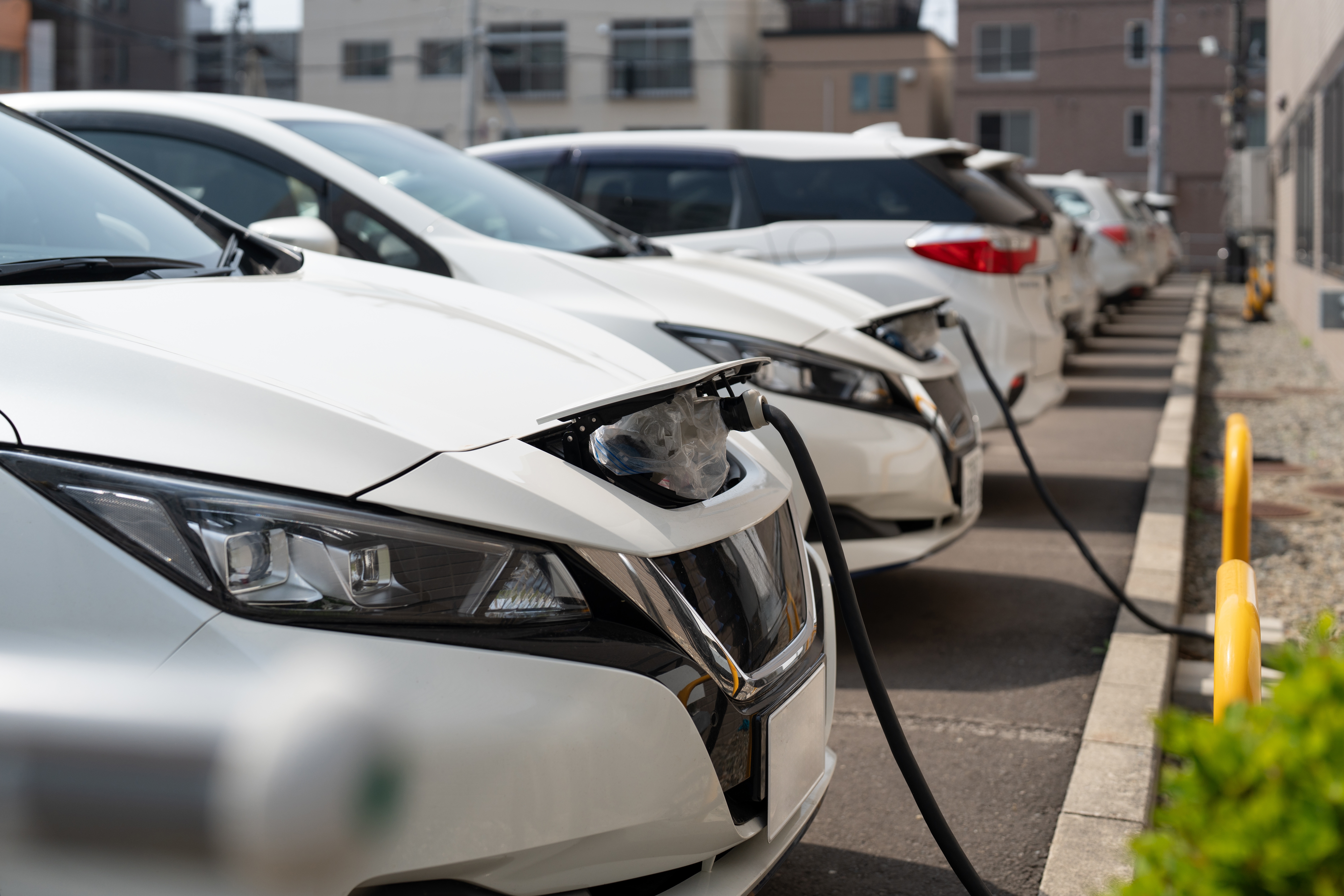Two-Seater Electric Cars Transform UK Urban Mobility
Two-seater electric vehicles are revolutionising how British drivers navigate crowded city streets, offering a compelling blend of environmental responsibility and economic practicality. These compact EVs address the growing need for efficient urban transport while tackling the UK's air quality challenges and congestion problems. As cities across Britain implement stricter emissions zones and parking becomes increasingly scarce, small electric cars present a timely solution that combines sustainability with smart city living.

Why Two-Seater Electric Cars Are Reshaping UK City Driving
The transformation of UK city driving stems from the unique advantages that two-seater electric vehicles bring to urban environments. These compact cars excel in narrow city streets where larger vehicles struggle, making parking significantly easier in cramped urban spaces. Their small footprint means drivers can utilise previously unusable parking spots, while their silent electric motors contribute to reduced noise pollution in residential areas.
Electric two-seaters also benefit from exemptions to congestion charges in cities like London, where traditional vehicles face daily fees of £15. This advantage, combined with access to bus lanes in some areas and preferential parking rates, makes them increasingly attractive to city dwellers. The instant torque delivery typical of electric motors provides excellent responsiveness in stop-start city traffic, enhancing the overall driving experience in urban conditions.
The Surprising Affordability of Small Two-Seater Electric Vehicles
Cost considerations reveal that small electric vehicles often present lower total ownership expenses than many assume. While initial purchase prices vary, the running costs of electric two-seaters significantly undercut petrol equivalents. Electricity costs roughly 3-4p per mile compared to 12-15p per mile for petrol vehicles, creating substantial savings for regular commuters.
Maintenance requirements remain minimal due to fewer moving parts in electric drivetrains, eliminating oil changes, spark plug replacements, and many traditional servicing needs. Insurance premiums for small electric vehicles typically reflect their safety features and lower theft rates, while government incentives and grants can reduce upfront costs. Many owners also benefit from workplace charging schemes and off-peak electricity tariffs, further enhancing affordability.
How Compact EVs Are Changing Urban Commuter Habits
Urban commuting patterns shift noticeably when drivers adopt compact electric vehicles. The convenience of home charging eliminates regular petrol station visits, while the quiet operation and smooth acceleration reduce commuting stress. Many users report that the environmental benefits provide psychological satisfaction, transforming daily journeys from necessary chores into positive environmental actions.
The limited range of some models encourages more thoughtful journey planning, often leading to combined trips and reduced overall vehicle use. This behaviour change, while initially perceived as restrictive, frequently results in more efficient travel patterns and reduced urban congestion when adopted across communities.
Affordable Eco-Friendly Urban Transport Solutions
Environmental impact considerations extend beyond simply switching from petrol to electric power. Two-seater electric cars maximise efficiency by matching vehicle size to typical urban journey requirements, where the average car carries just 1.2 people per trip. This right-sizing approach reduces resource consumption in manufacturing while minimising energy use during operation.
The carbon footprint of electric vehicles continues improving as the UK electricity grid incorporates more renewable sources. Current figures suggest electric cars produce roughly half the lifetime emissions of equivalent petrol vehicles, with this gap widening as renewable energy adoption increases. Urban air quality benefits are immediate, with zero local emissions helping cities meet air quality targets and reducing health impacts from vehicle pollution.
| Vehicle Model | Provider | Price Range | Key Features |
|---|---|---|---|
| Citroen Ami | Citroen | £6,000-£7,995 | 46-mile range, 28mph top speed, minimal licence requirements |
| Smart EQfortwo | Smart | £22,000-£25,000 | 58-mile range, fast charging, premium interior |
| Renault Twizy | Renault | £11,000-£13,500 | 56-mile range, distinctive design, optional doors |
| Microlino | Micro Mobility Systems | £15,000-£18,000 | 125-mile range, retro styling, practical storage |
Prices, rates, or cost estimates mentioned in this article are based on the latest available information but may change over time. Independent research is advised before making financial decisions.
How Two-Seater EVs Combine Low Cost and Green Mobility
The intersection of economic and environmental benefits creates a compelling proposition for urban drivers. Two-seater electric vehicles demonstrate that sustainable transport choices need not compromise financial prudence. The combination of low purchase prices, minimal running costs, and environmental responsibility appeals to budget-conscious consumers who prioritise ecological impact.
Government support through grants, tax incentives, and infrastructure investment reinforces this value proposition. Local authority initiatives, including dedicated parking spaces and charging points, add practical benefits that enhance the ownership experience. As battery technology advances and production scales increase, the cost advantages of small electric vehicles continue strengthening.
The evolution of two-seater electric cars represents more than a simple vehicle category development; it signals a fundamental shift toward sustainable urban mobility. These vehicles address multiple challenges simultaneously: reducing emissions, easing congestion, lowering transport costs, and providing practical solutions for modern city living. As UK cities continue developing policies that favour clean, efficient transport, two-seater electric vehicles are positioned to play an increasingly important role in shaping the future of urban mobility, offering drivers a practical pathway to more sustainable and economical city travel.




